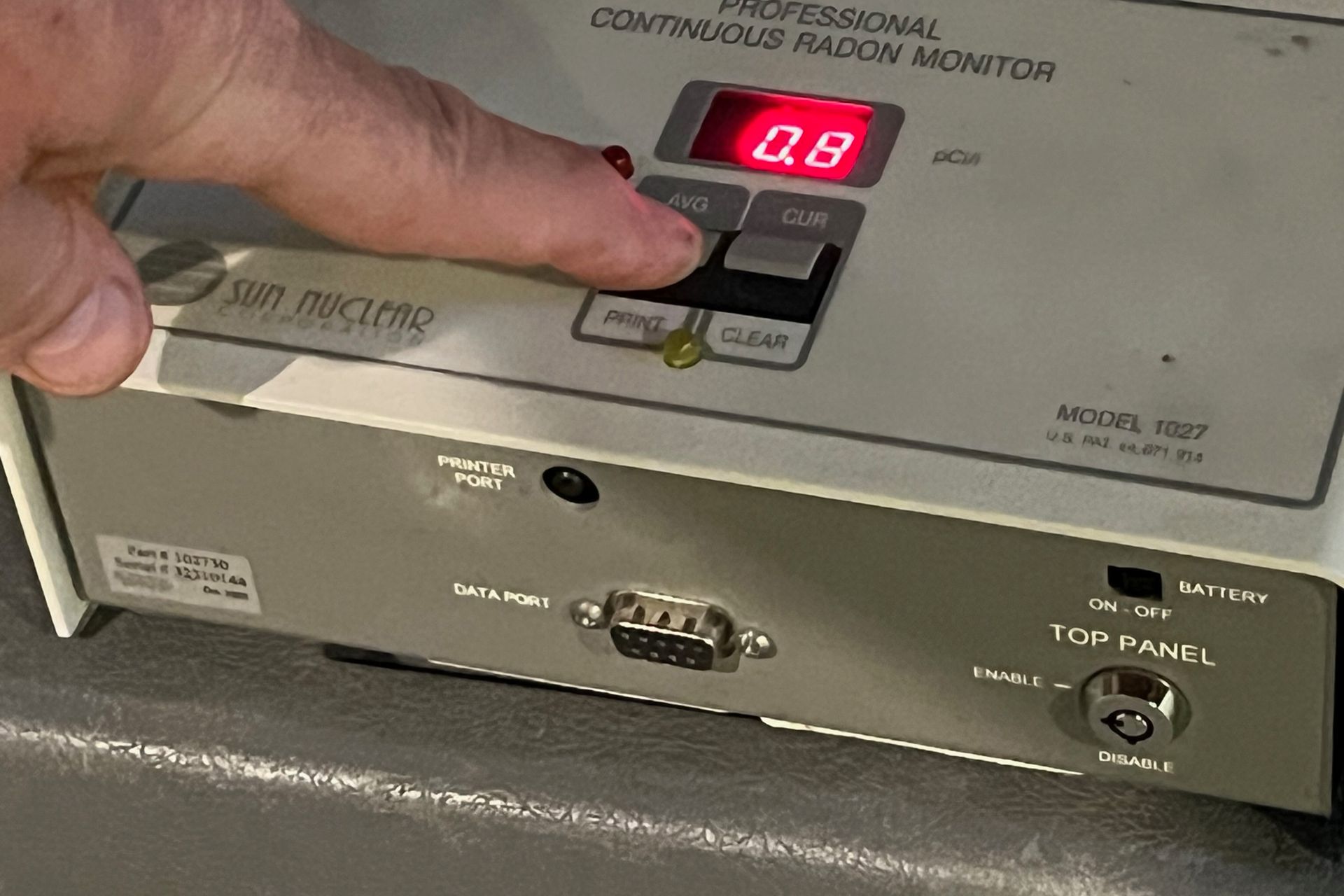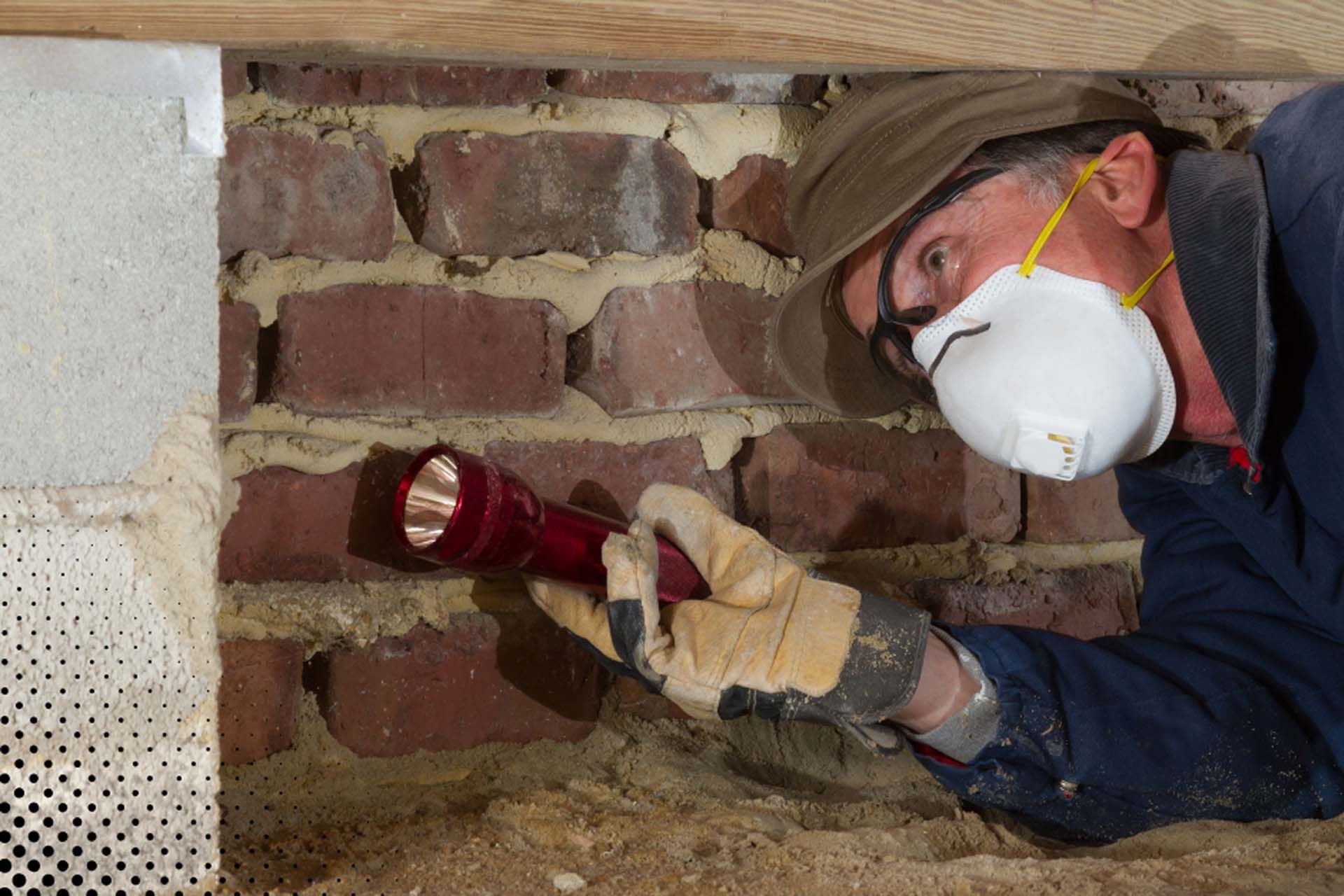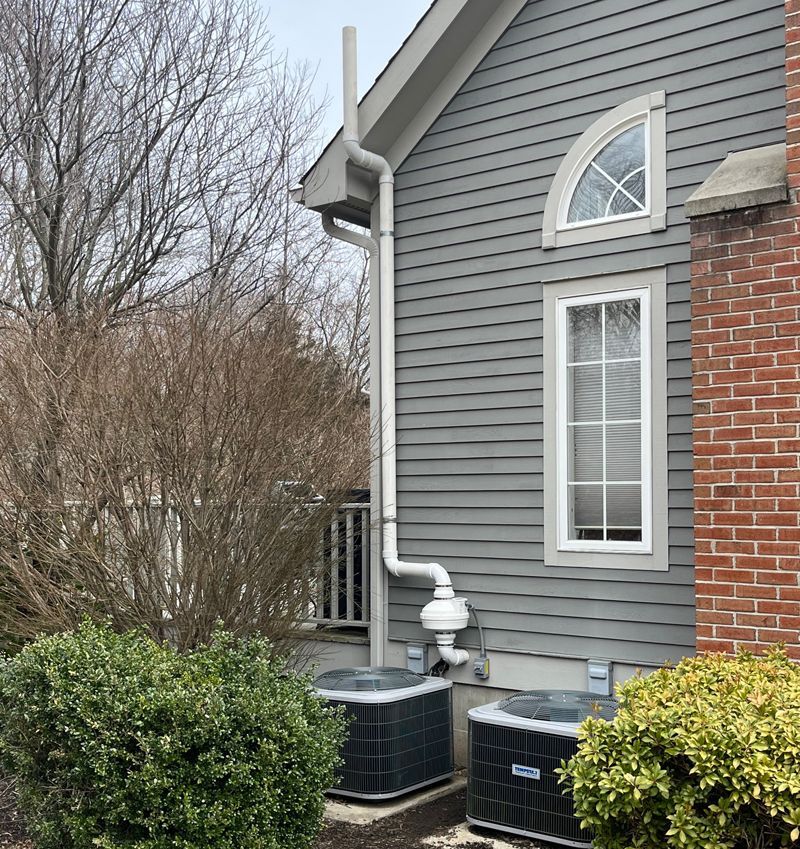At The Go2Guys, we understand that keeping your home safe and healthy is a top priority. When it comes to radon—an invisible, odorless, and radioactive gas—testing is one of the most important steps you can take to protect your family. But how often should you test for radon? And when is it time to retest? In this post, we’ll answer those questions, so you can make informed decisions about radon testing and ensure the air in your home is safe to breathe.

What Is Radon and Why Should You Test for It?
Radon is a naturally occurring gas that forms from the decay of uranium in the soil. It can seep into your home through cracks in the foundation, gaps around pipes, or other openings in your basement or crawlspace. While radon exposure is the second leading cause of lung cancer in the United States, it’s a risk you can easily manage with regular testing and mitigation if necessary.
Since radon is colorless, odorless, and tasteless, you can’t detect it without specialized equipment. The only way to know if radon is present in your home is to test for it. Fortunately, testing for radon is simple and affordable—and it can give you peace of mind knowing that your indoor air quality is safe.
How Often Should You Test for Radon?
The U.S. Environmental Protection Agency (EPA) recommends that homeowners test their homes for radon every two years. However, there are several situations where testing more frequently or under specific conditions is important.
1. If You’ve Never Tested for Radon
If you’ve never had a radon test done, it’s essential to schedule one as soon as possible. Whether you’re in a newly purchased home or have lived in your current home for years, radon testing should be a priority. A one-time test will give you a baseline measurement of radon levels in your home and help you determine if mitigation is needed.
2. After Radon Mitigation or Repairs
If you've previously had radon mitigation work done, or if you’ve made repairs to your home that could affect radon levels (like fixing cracks in the foundation or adding a new ventilation system), you should retest to ensure that radon levels are under control. A post-mitigation test is critical to confirm that the mitigation system is working as intended.
3. If You Experience Major Home Changes
Certain changes in your home can affect radon levels. For example, if you’ve completed extensive remodeling or renovations (like finishing your basement, adding a fireplace, or changing the ventilation system), this can alter how radon enters or accumulates in your home. In these cases, you should retest the home to check if the radon levels have changed.
4. When You Move Into a New Home
When you move into a new home, regardless of whether it’s newly built or previously occupied, radon testing should be a priority. Radon levels can vary dramatically even between homes in the same neighborhood, so it’s best to test your new space before settling in.
5. If Your Home’s Condition Changes Significantly
Changes in weather, soil conditions, or even the structural integrity of your home can influence radon levels. For instance, heavy rainfall, flooding, or prolonged periods of drought may alter how radon enters your home. If you’ve experienced any of these environmental changes or if your home is showing signs of foundation issues, retesting is recommended.
6. If You Live in an Area Known for High Radon Levels
Some geographic regions have higher radon levels due to the underlying geology. If you live in an area where radon concentrations are known to be high, you may want to test more frequently. Areas with dense rock formations, for example, can naturally release more radon. Your local health department or The Go2Guys can help you determine whether radon testing should be more frequent in your area.
When Is It Time to Retest for Radon?
Even if you’ve tested for radon recently, there are situations where retesting is a good idea:
1. If Your Home’s Radon Level Was Close to the EPA Action Level (4.0 pCi/L)
The EPA recommends that homeowners take action to reduce radon levels if they are above 4.0 picocuries per liter (pCi/L). If your initial test shows levels close to this threshold, it’s a good idea to retest after a few months or during different seasons to confirm that the levels are consistent. Radon levels can fluctuate depending on factors like weather and ventilation.
2. If You Haven’t Tested in Over Two Years
As a general rule, we recommend testing your home for radon every two years. Even if there were no immediate issues the first time you tested, radon levels can change over time. Two years is enough time for conditions to shift and for a retest to give you an accurate picture of your home’s radon levels.
3. If Your Home Experiences Significant Weather Changes
Certain weather conditions, such as prolonged heavy rain or extended dry periods, can affect how radon moves through the soil and enters your home. If you've had a dramatic shift in weather, a retest could help you understand whether radon levels have increased.
What to Do if Radon Levels Are High
If your radon test results show a level of 4.0 pCi/L or higher, you should take action by contacting a radon mitigation professional like The Go2Guys. We specialize in lowering radon levels in homes through effective and long-lasting mitigation solutions. Our team will help you select the best radon mitigation system for your home and ensure that it is installed correctly to keep your family safe.
Conclusion: Protecting Your Home with Regular Radon Testing
Radon is a silent but serious threat to your home and family’s health. Regular testing is the most effective way to detect and address radon exposure before it becomes a health risk. Whether you’ve never tested before, are moving into a new home, or are making repairs that could affect radon levels, it’s essential to retest periodically to ensure your home remains radon-safe.
At The Go2Guys, we make radon testing and mitigation simple and reliable. We’re here to answer your questions, provide expert testing services, and implement mitigation solutions to give you peace of mind. If you’re ready to schedule a radon test or need guidance on when to retest, contact us today.


